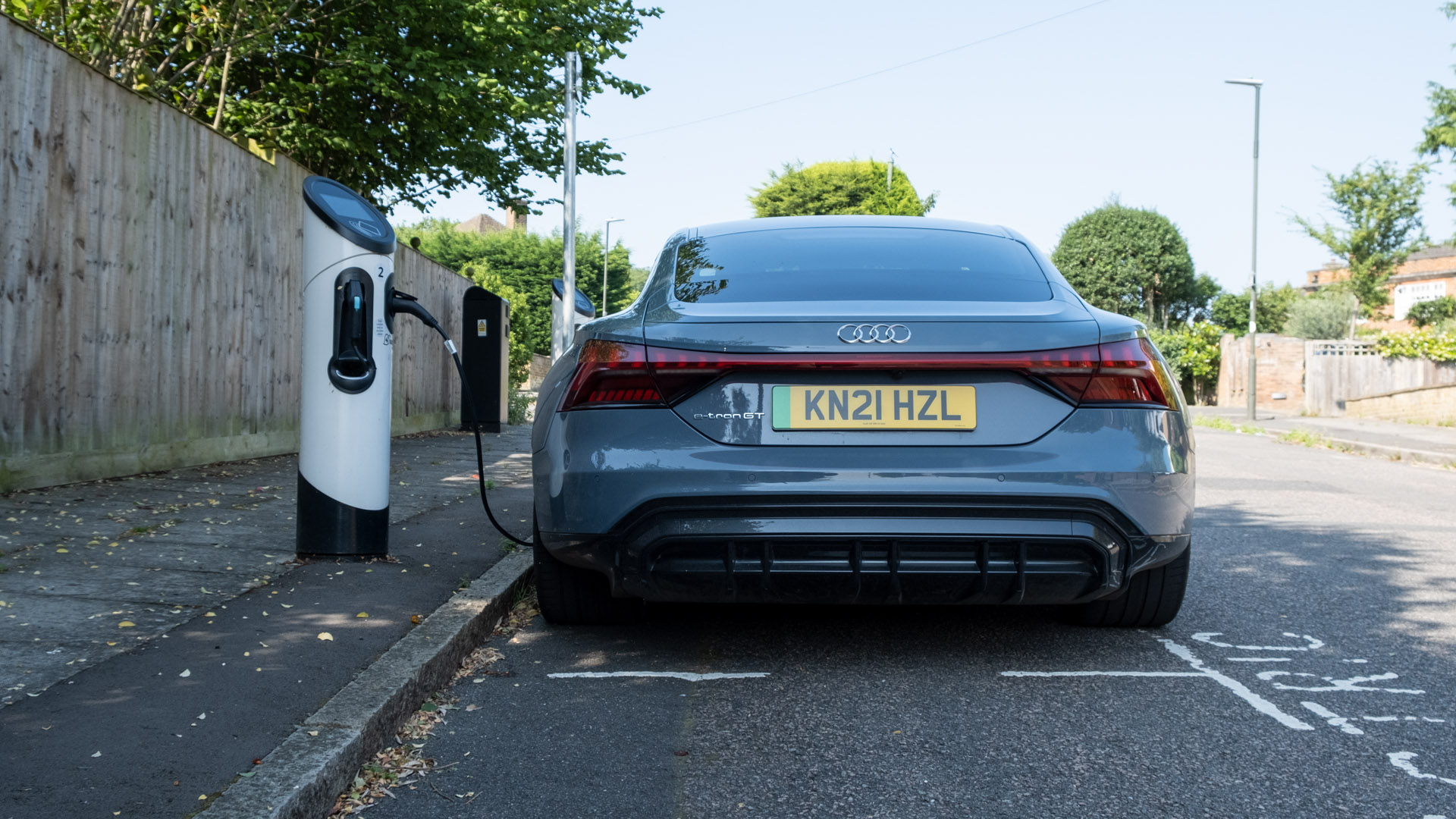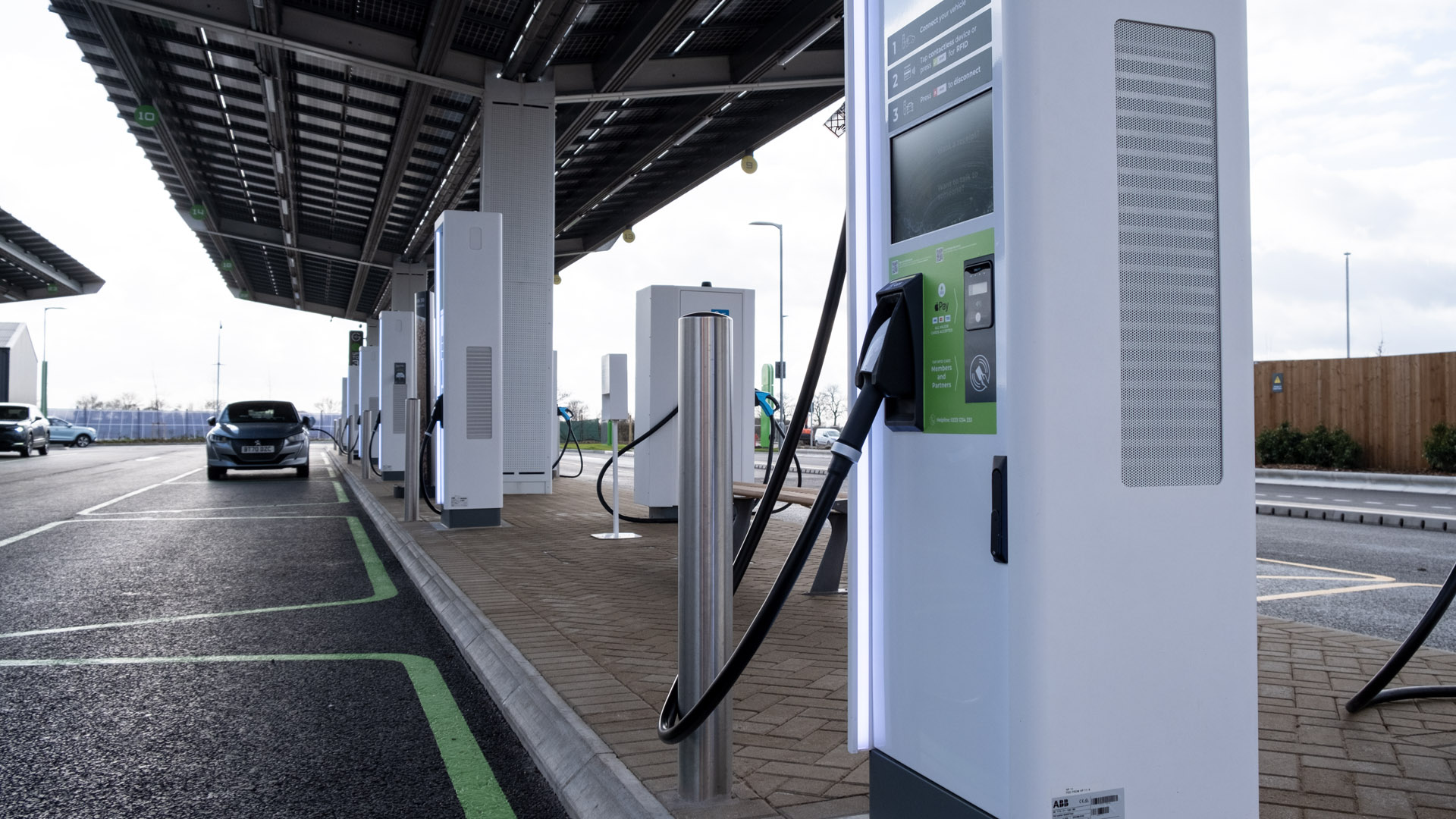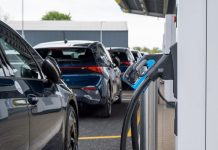This year there has been a noticeable surge in the sale of electric vehicles with growth in all three major markets, China, the US and Europe. According to IDTechEx, sales increased by 160% in the first half of 2021 in comparison to the same period in 2020. According to the UK’s transport minister Rachel Maclean, the key to this increase in demand is dependent on the charging infrastructure.
To better understand the subject, TotallyEV reached out to Rohan Kelkar, Executive VP of Power Products, Schneider Electric; a company that works in the digital transformation of energy management and automation.
Read next: Tesla Model 3 comparative review: Which trim should you buy?
A new era for vehicles
By 2050, over 80% of the world’s electricity could derive from renewable sources, while the number of electric vehicles (EVs) on the road could reach 1 billion within the same timeframe. This is what the future of net-zero transportation looks like. Today it is already a reality in Norway, with roughly 98% of its electricity being renewable, with the share of plug-in cars reaching 84.6% – something that no doubt provides the satisfaction of clean air to motorists and helps protect the planet.
Key marketplace trends are now accelerating the transition to electric-powered vehicles. On the one hand, both global and local regulatory bodies are mandating specific legislation towards the usage of cleaner forms of energy. In the UK and France, for instance, mandates have been put into place to phase out sales of conventional internal combustion engine (ICE) vehicles by 2030-40.
Citizens and governments across geographies are also demanding higher sustainability and lower carbon emissions from the products that they consume and use. In the eyes of much of the public, EVs offer an effective and concrete solution for reducing the transportation-driven carbon footprint, increasing sustainability, minimising emissions, and optimising grid energy consumption. However, these benefits hinge on the development of a robust charging infrastructure that will be both globally accessible and reliable. Indeed, the growth in EVs around the world is being hampered.
Thankfully, innovation and end-to-end solutions cover the entire EV charging infrastructure value chain, like EcoStruxure for eMobility – the status quo is about to change. We’ll see more EVs on the roads as the charging infrastructure ramps up and is managed in partnership with businesses and local authorities.
Buy a car phone mount on Amazon (Affiliate)
How to create a resilient grid?
Some people might assume that fast charging points or accurate and instant billing are the key to creating a resilient grid. However, the answer lies in industry partnerships and cooperation that drive tech innovation. According to a recent survey by IDC, 96% of companies are either already or considering co-creation with vendors to develop new digital products and services for sustainability and efficiency.
More investment in smart grids will come as part of Public-Private Partnerships in a post-pandemic world; the UK drives towards halving emissions in the next 9 years to be in pole position whereby it seeks to achieve net-zero by 2050; much like other countries around the world.
Energy provides access to a better life. Smart grid technology delivers resilience to the developed nations while enabling access to energy and its availability for the developing nations – all through software and the integration of Solar PV and microgrids.
Within the eMobility space, partnerships can help better the energy efficiency of EV batteries (manufacturing energy contributes at least 50% of battery life-cycle emissions), smart tariffs based on such attributes as location, time and used power, as well as the power to monitor the performance of the EV infrastructure and rectify issues in real-time. This, in turn, will drive EV manufacturing demand and support more widespread consumer adoption. For this future to become a reality, strong industry partnerships are required to spearhead tech innovation at scale.
Read next: Hyundai Ioniq 5 review: Better than Tesla Model 3?
The transportation tipping point
Both the automotive industry and society as a whole are finding themselves at an important tipping point. In a world where over one billion fossil fuel-powered motor vehicles circulate across tens of millions of kilometres of roads, the infrastructure that powers these vehicles is about to radically change. According to McKinsey, over 140 million electric vehicles (EVs) could be on the road in China, the European Union, and the United States by 2030. It is also estimated that there will be 40 million charging points by 2030, too.
A wide variety of players make up today’s eMobility ecosystem. Key stakeholders include automobile manufacturers, charging point operators, utilities, eMobility service providers, fleet owners, EV charging station providers and the drivers of the EVs themselves. Each of these stakeholders is contributing in their own way to the evolution of an integrated system that provides the service required for economic and environmental benefits to be realised.








